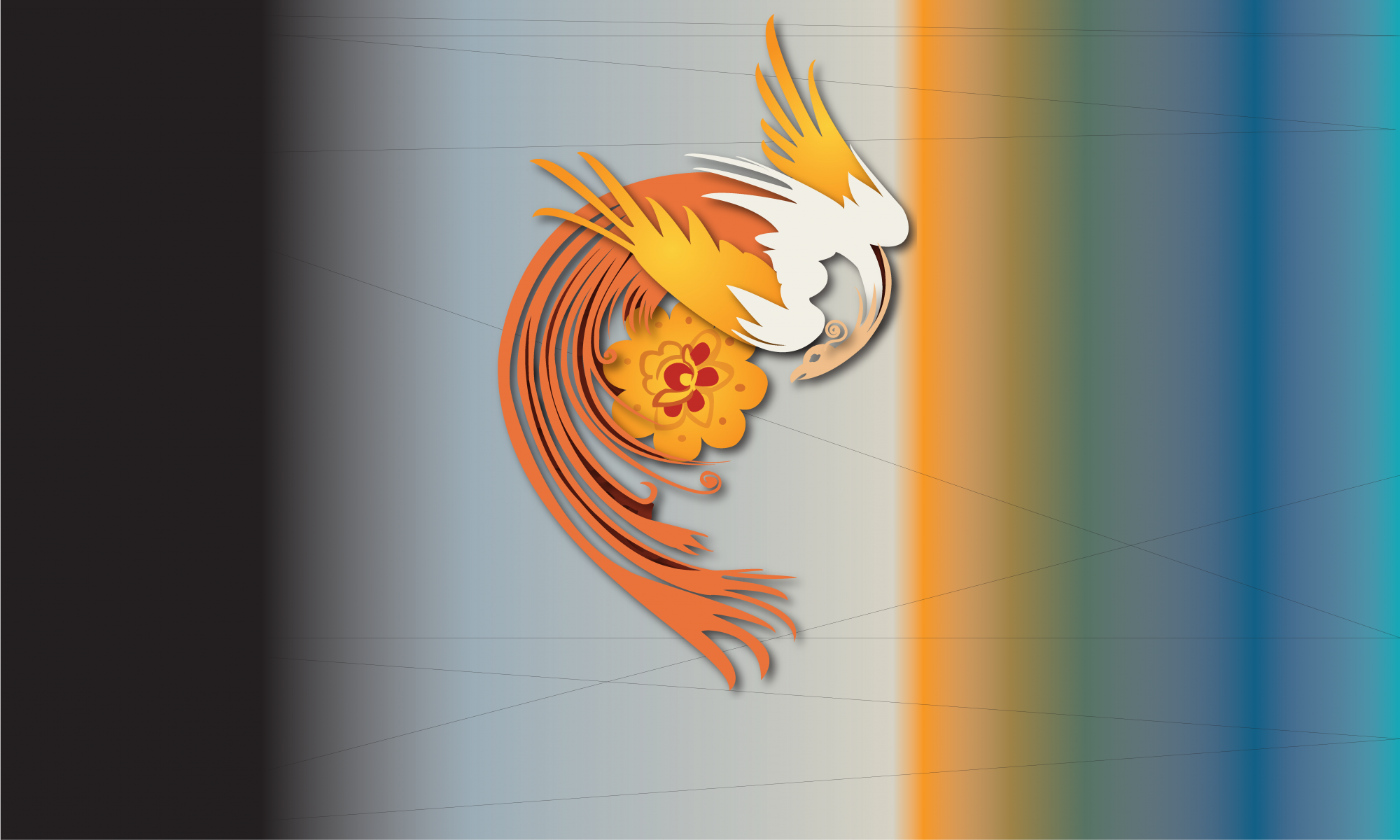Deadline: February 2022
The spread of various forms of physical movement could also be observed in Southeast Europe during the 19th and 20th centuries, such as physical exercise, gymnastics and organized sports. The basis for these parallel developments included a new understanding of physicality resulting from the Enlightenment and of the relationship between humans and nature, a growing political awareness, various approaches to sporting activity (from national-mobilizing in the sense of Jahn’s gymnastics movement or the widespread “Sokol” groups among the Slavs up to internationalist-socialist) and a new understanding of leisure time, which in the middle-class milieu was derived from changed working hours and a new concept of consumption. In the 19th century, the middle class created associational structures that enabled leisure and exercise in the great outdoors, for example through the widespread hiking clubs, which mainly researched and mapped mountain landscapes through infrastructural measures, which in turn contributed to creating symbolic boundaries.
Up until the First World War, a social expansion in the field of sport and physical activity took place, in which ever broader social classes were addressed and integrated. On the other hand, a diversification occurred, which led to more and more new types of sport being popularized. As early as the second half of the 19th century, the role of sport and physical activity as vehicles for ethnic, national and social aspirations could be observed, which were communicated in the media and perceived by the public as such. In the interwar period, there were both tendencies towards a uniforming and ultimately even paramilitary conception of sport as well as diverse forms of transnational cooperation, for example through interethnic club activities or the inclusion of representatives of national minorities in the national Olympic teams. The totalitarian regimes of the 20th century implied an ideological appropriation of sport and exercise.
The beginnings of sport historiography in Southeast Europe often lie in self-related chronicles of individual clubs, cities, teams or national sports developments that have not yet been methodically reflected, are predominantly factographic and have little to do with general historiography.[1] It has only been in the last few decades that new initiatives have emerged, reinforced by an understanding of history shaped by cultural studies and an interest in the connection between sport and nationalism (such as using the example of soccer research or the growing interest in youth movements).[2]
Cross-sectional and longitudinal studies are of particular interest for the planned volume. The focus is on the triad of movement, organization, and ideology as a common denominator. Special emphasis should be placed on associations and movements that understood themselves as “German” or (at least temporarily) were German-speaking, but also on their interactions with associations and movements or representatives of other ethnic and language groups as well as possible changes in their self-image over time. Comparative and cross-national/transnational studies are particularly welcome.
The following questions should be addressed:
– How did sports clubs contribute to political, social and ethnic / national mobilization?
– Which intra-regional connections existed between sport clubs and associations of different ethnic groups in Southeastern Europe? For example, how can the Jewish gymnastics movement and Jewish sports clubs be located within this matrix?
– How was sports activity integrated into a broader socio-political framework, considering for example the promotion of scientific, historical and folkloric research by the hiking clubs or also by individuals, or their participation in nature conservation and the promotion of tourism?
– Which self-images and external images of the sports-oriented clubs can be found in different media such as magazines, posters, photographs, films and literature? What notions of physicality did these highlight? Which concepts of society were developed – above all: which members/strata of society were accepted, which were excluded (keywords: the “Aryan paragraphs” of German gymnastics clubs, competing concepts of society and national self-images)?
– Which forms of sport had the function of being a popular activity (e. g. hiking, soccer), which remained elitist activities, pursued only by certain social classes? In which local, regional or national contexts could certain associations develop the potential to act as points of contact for transnational activities or to promote ethnic exclusivity?
– How can sport be located in the historical topography and in the cityscape? What forms of dealing with the material legacies of sports history (e. g. gyms, sports fields) can be determined? How important is the history of sports in the memory of individual cities, regions and social collectives?
Abstracts in Microsoft WORD with a maximum length of 500 words are requested to be sent to Dr. Angela Ilic (ilic@ikgs.de). Following positive feedback (by February 15, 2022), the full contributions with a length of approx. 30,000 characters should be submitted by June 1, 2022 at the latest.
